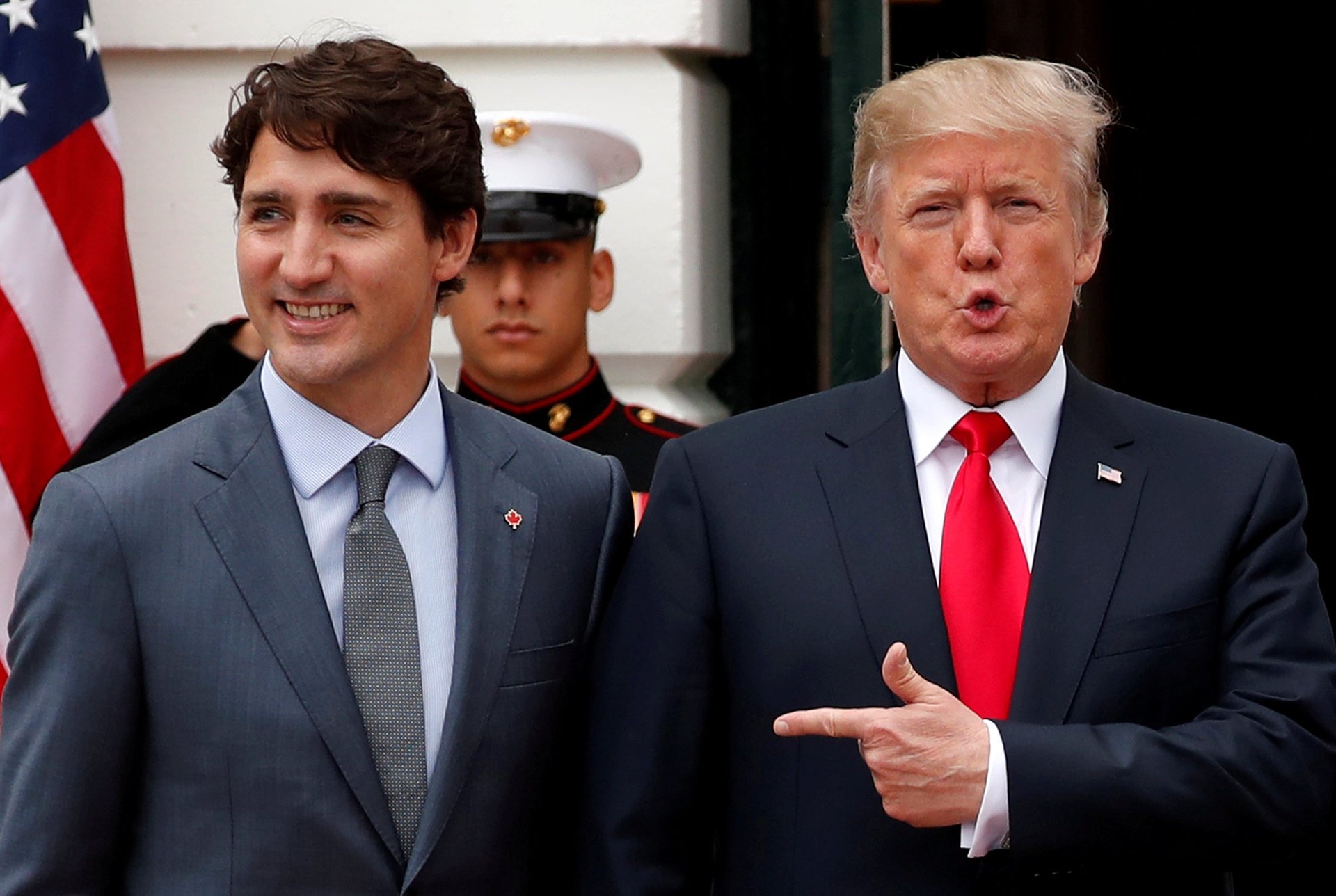Canada sacrificed its dairy farmers to shield itself from Trump’s trade war whims
It was a close call, but North America’s 24-year-old trade alliance has been salvaged. Late last night, the US and Canada struck a final deal on an updated North American Free Trade Agreement, which will be rechristened the US-Mexico-Canada Agreement (USMCA).


It was a close call, but North America’s 24-year-old trade alliance has been salvaged. Late last night, the US and Canada struck a final deal on an updated North American Free Trade Agreement, which will be rechristened the US-Mexico-Canada Agreement (USMCA).
Each country dodged some economic bullets. Both Canada and Mexico are mostly safe from auto tariffs threatened by US president Donald Trump. They’re also relieved to have talked the US out of a five-year sunset clause for the deal.
Canada’s dairy farmers, however, are not so lucky. For the last 40 or so years, they’ve enjoyed the protection of the country’s unusual “supply management system,” as we explored in more detail recently. This system of production limits, set prices, and virtually no trade has long kept prices stable, insulating the country’s farmers from the boom-and-bust nature of global dairy markets. The quaint Canadian system has become one of Trump’s big bugbears. The president blames Canada for refusing to absorb America’s massive surplus of milk proteins—the result of the US producing far more milk than buyers want.
The new deal forces open Canada’s virtually self-sufficient dairy market to more US competition, which will come at Canadian farmers’ expense, says Mike von Massow, economics professor at the University of Guelph.
“There is little doubt this will hurt the dairy industry,” he says. The changes in USMCA “will put pressure on Canadaian dairy industry, the supporting industries, and rural communities.”
That’s likely to happen in a couple of ways. First, the deal is reported to grant US dairy producers access to 3.59% of Canada’s dairy market, a share higher than what America would have gotten under the Trans Pacific Partnership, which Trump pulled out of. That might sound small, but it means less demand for Canadian dairy, says von Massow.
The pact also requires the elimination of an arcane pricing category known as Class 7, which, when it was created in 2017, effectively locked processors in Wisconsin and New York out of Canada’s market. The upshot of the USMCA change is that it creates a pricing floor that will once again let US processors compete—threatening to lower margins for Canadian dairy producers.
What Canada seems to have gotten in return is the preservation of something known as Chapter 19. This section of NAFTA concerned how a nation could challenge another country’s anti-dumping and countervailing duty measures (e.g. import bans in retaliation for perceived unfair trading practices). Instead of requiring that national courts decide such disputes, Chapter 19 allowed countries to challenge each other in front of an independent panel staffed by experts from both countries involved. The panels’ decisions were binding and final, overriding domestic court decisions. In essence, this mechanism helped Canada and Mexico balance their negotiating position in trade disputes against the big, powerful neighbor in their midst. So important is this Chapter 19 mechanism to Canada that in 1987, then-prime minister Brian Mulroney pulled Canada out of trade talks (paywall) that were threatening to reach a deal without it.
The White House negotiators had wanted to scrap Chapter 19 (pdf, p.14), which Trump sees as a threat to American sovereignty. That impulse probably helped strengthen the other two countries’ resolve. In this era of Trumpian trade wars, it’s no surprise that preserving Chapter 19 has become even more of a priority for Canada.
It’s still far from clear what the concrete impact will be on Canadian dairy farmers. Depending on how prices are set and market access is granted, the new USMCA measures could simply restore the sales that US processors lost when Canada created its Class 7 category last year. It will also depend on the timing of other trade deals that are boring holes in Canada’s near-autarkic system—notably the TPP and a Canada’s new trade pact with Europe.
But there’s some good news for rural Canadians in all this. “What they haven’t done is fundamentally change the supply management system, which was a fear. So they’ll continue to have that stability,” says von Massow. “Yes, it will hurt, but it could have been a lot worse.”